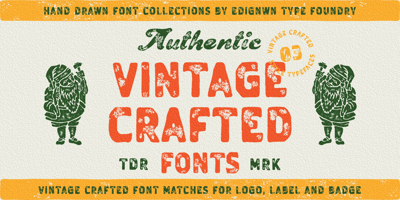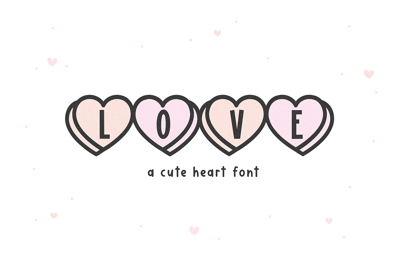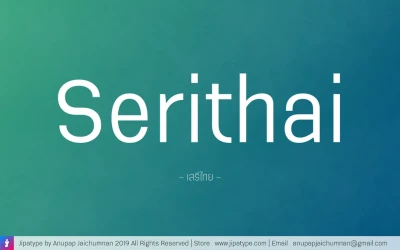The Meaning Behind Fonts: The Stories Behind the Letters
The Meaning Behind Fonts: The Stories Behind the Letters
Fonts do more than just look good—they speak, feel, and tell stories. Whether you realize it or not, every font carries meaning, mood, and history. The curves, edges, and spacing of a typeface can trigger emotions, influence behavior, and even shape how a brand is perceived.
In this post, we’ll go beyond aesthetics to uncover the hidden language of fonts and the fascinating stories behind some of the most iconic typefaces in design.
Fonts Are Visual Psychology
Fonts affect how we feel about what we read. A serif font might make you feel like you're reading something trustworthy and traditional, while a bold, geometric sans serif can feel innovative and modern.
It’s not just design—it’s visual psychology in action.
The Symbolism of Font Styles
Let’s break down some common font categories and the deeper meanings they convey:
1. Serif Fonts
Think: Times New Roman, Garamond, Georgia
Message: Authority, reliability, history
Used by: News outlets, law firms, universities
Serif fonts have “feet” at the ends of strokes, which gives them a classic, literary vibe. They feel grounded and timeless.
Fun Fact: Garamond dates back to the 16th century and was used in early printing presses.
2. Sans Serif Fonts
Think: Helvetica, Futura, Open Sans
Message: Clarity, modernity, neutrality
Used by: Tech companies, startups, digital platforms
Sans serif fonts ditch the “feet” and bring in sleek, clean lines. They represent the future—and the now.
Helvetica was designed in 1957 and is still used by global brands like Toyota and American Airlines.
3. Script Fonts
Think: Pacifico, Great Vibes, Allura
Message: Elegance, emotion, creativity
Used by: Wedding invites, fashion brands, artisan products
Script fonts mimic handwriting, bringing a sense of personal touch and human warmth.
Pacifico was inspired by surf culture and vintage Americana.
4. Display Fonts
Think: Bebas Neue, Impact, Lobster
Message: Boldness, personality, uniqueness
Used by: Posters, headlines, logos
Display fonts are loud on purpose—they’re made to grab attention and express attitude.
Impact, designed in 1965, is famous for meme culture thanks to its bold uppercase style.
Fonts Carry Cultural and Historical Luggage
Some fonts are tied to specific eras, countries, or movements. For example:
-
Bauhaus fonts echo German modernism of the 1920s.
-
Blackletter fonts remind us of medieval manuscripts.
-
Grunge fonts exploded with 1990s alt culture and music zines.
A font isn’t just a style—it’s a time capsule.
Why This Matters in Design
Understanding a font’s backstory can help you make smarter design decisions. For example:
-
Don’t use Comic Sans in a financial report (unless it’s a joke).
-
A luxury brand will never feel premium using a cheap-looking font.
-
A nonprofit might want a font that feels human, warm, and honest.
When your font choice aligns with your brand's message, your design becomes more powerful, more intentional, and more memorable.




